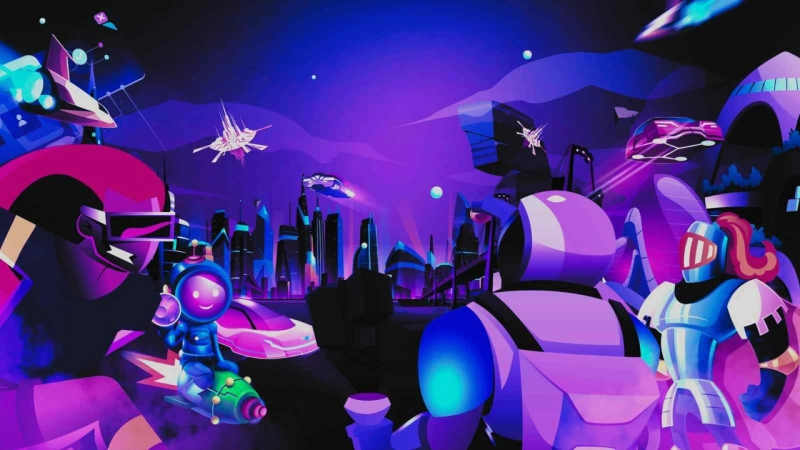The metaverse is a virtual space where users can interact with each other and with digital objects through virtual reality (VR) and augmented reality (AR) technology. In the metaverse, users can experience a sense of presence and immersion that transcends the physical world. As the metaverse becomes more prevalent, developers need to create engaging and immersive experiences that keep users coming back. In this blog post, we will provide a comprehensive guide to our development process for creating immersive experiences as a leading Metaverse Development Company.
Step 1: Ideation and Planning
The first step in the metaverse development process is ideation and planning. This involves identifying the target audience, defining the user experience, and developing a concept for the experience. We start by conducting market research to identify the trends and opportunities in the metaverse. Then, we work with our clients to develop a clear vision for the experience and create a storyboard that outlines the key elements. The storyboard serves as a blueprint for the development process, helping to align stakeholders and guide the development team.
Step 2: Design and Development
Once the concept and storyboard are approved, we move on to the design and development phase. This involves creating a 3D environment that meets the design specifications and includes interactive elements that engage the users. We use specialized software to design and build the virtual world, focusing on creating an environment that is visually stunning and has a high level of interactivity. We pay particular attention to the details that make the virtual world feel more real, such as lighting, textures, and sound effects.
Step 3: Integration of Interactive Elements
The immersive experience in the metaverse requires interactive elements that allow users to engage with the virtual world in meaningful ways. This might include puzzles, games, or social interactions. We work with our clients to identify the most effective interactive elements for their specific projects. We focus on creating interactive elements that are intuitive and easy to use, leveraging AI and user testing to ensure that the interactive elements are engaging and entertaining.
Step 4: Optimization for Performance
Creating an immersive experience in the metaverse can be resource-intensive, and it is crucial to optimize the experience for performance to ensure that users have a seamless experience. This involves balancing the level of detail in the virtual world with the computing resources required to render it. We pay close attention to the performance of the experience, using a combination of hardware and software optimizations to ensure that the experience is smooth and responsive. This includes optimizing for different hardware platforms and network speeds.
Step 5: Testing and Iteration
Once the immersive experience is complete, we conduct extensive testing to ensure that it meets our client's requirements and user expectations. We gather feedback from users and use this feedback to iterate on the experience. This might involve tweaking the design, adding new interactive elements, or optimizing performance. We believe that testing and iteration are critical components of the development process, using a combination of user testing and data analytics to identify areas for improvement and make changes to the experience. This helps us to create a final product that is engaging, entertaining, and meets our client's needs.
Conclusion
Creating immersive experiences in the metaverse requires a unique set of skills and expertise. Our development process is designed to create an engaging and entertaining experience that keeps users coming back for more. By following the steps outlined in this guide, we can create immersive experiences that meet our client's needs and exceed user expectations. As the metaverse continues to evolve, we believe that immersive experiences will play a critical role in its growth and adoption. By creating experiences that are engaging, entertaining, and memorable, we can help drive user engagement and build a loyal user base.
In addition to the steps outlined in this guide, it is also important to stay up to date with the latest trends and technologies in the metaverse. This is a rapidly evolving space, and there are always new opportunities to create immersive experiences that push the boundaries of what is possible. As a metaverse development company, we are committed to staying at the forefront of this space and helping our clients to create experiences that are not only engaging and entertaining but also innovative and forward-thinking.
Creating immersive experiences in the metaverse is a complex and challenging process, but one that is essential for the growth and adoption of this emerging technology. By following a user-centered development process that includes ideation and planning, design and development, integration of interactive elements, optimization for performance, and testing and iteration, we can create immersive experiences that keep users engaged and entertained. As the metaverse continues to evolve, we believe that immersive experiences will play a critical role in its growth and adoption, and we are excited to be at the forefront of this emerging industry.


